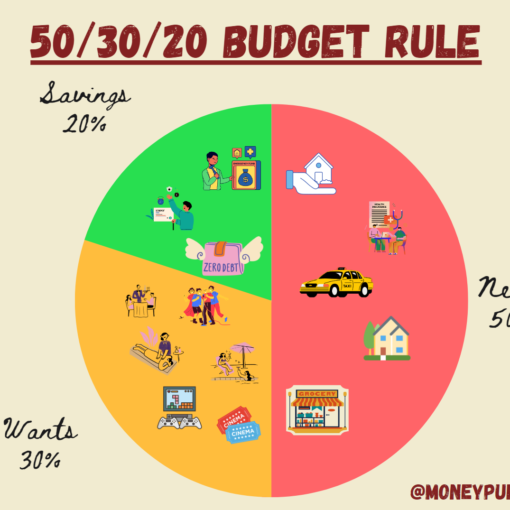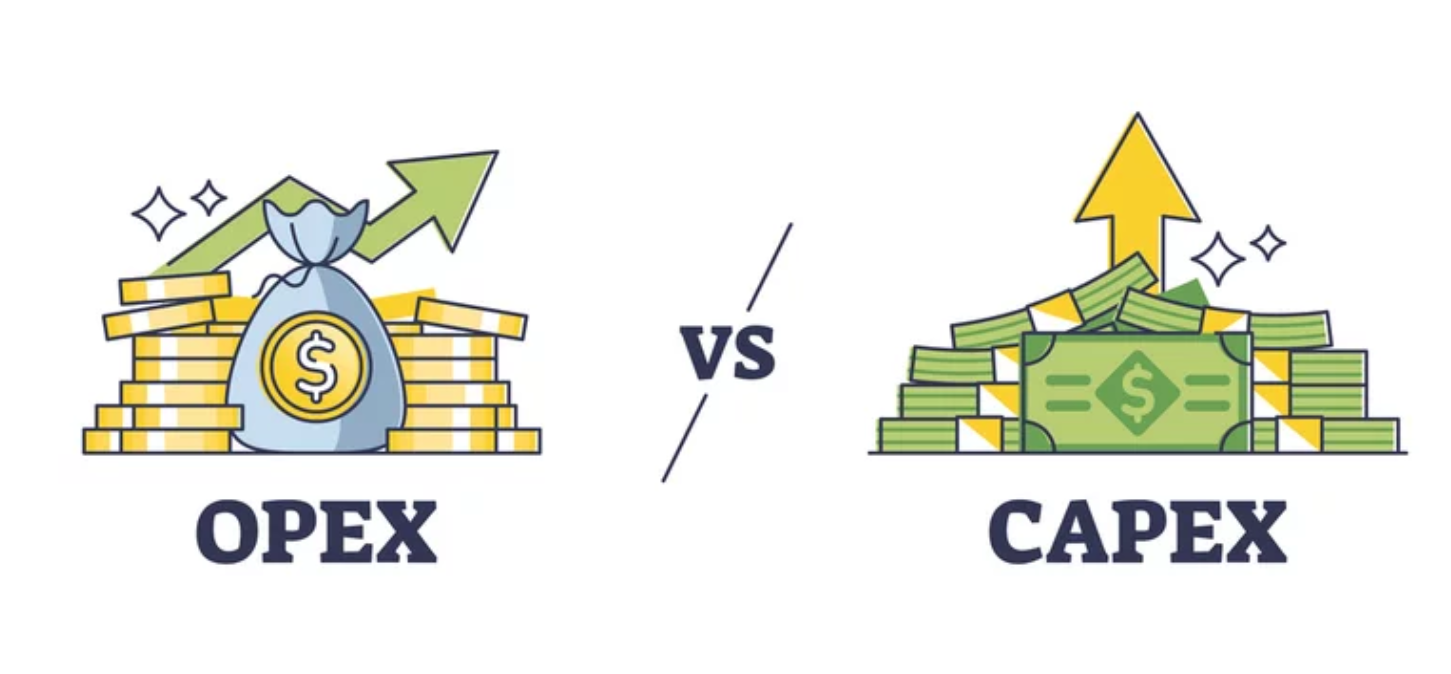When it comes to choosing a mortgage, one of the most important decisions you’ll need to make is whether to go with a fixed-rate or an adjustable-rate mortgage (ARM). Both options have their advantages and disadvantages, so it’s essential to understand the key differences between the two before making your decision.
Table of Contents

Fixed-Rate Mortgage
A fixed-rate mortgage is a type of home loan where the interest rate remains the same for the entire duration of the loan. This means that your monthly mortgage payments will also remain constant, providing you with stability and predictability.
Here are some key features of a fixed-rate mortgage:
| Advantages | Disadvantages |
|---|---|
|
|
Adjustable-Rate Mortgage
An adjustable-rate mortgage, on the other hand, is a home loan where the interest rate can fluctuate over time. Typically, the interest rate is fixed for an initial period, usually 5, 7, or 10 years, and then adjusts annually based on market conditions.
Here are some key features of an adjustable-rate mortgage:
| Advantages | Disadvantages |
|---|---|
|
|
Key Differences between Fixed-Rate Mortgages (FRM) and Adjustable-Rate Mortgages (ARM)
| Feature | Fixed-Rate Mortgage (FRM) | Adjustable-Rate Mortgage (ARM) |
|---|---|---|
| Interest Rate Stability | Fixed interest rate throughout the term. | Interest rate can change periodically. |
| Monthly Payments | Consistent monthly payments. | Payments may vary based on interest rate changes. |
| Interest Rate Structure | Rate remains constant over the loan term. | Initial fixed-rate period, then adjustable. |
| Risk of Rate Changes | No risk of interest rate increases. | Potential for rate increases after the initial fixed period. |
| Initial Interest Rate | Typically higher than initial ARM rates. | Initial rates often lower than fixed rates. |
| Rate Adjustments | No adjustments during the loan term. | Periodic adjustments based on market conditions. |
| Market Sensitivity | Less sensitive to short-term market changes. | More responsive to market interest rate fluctuations. |
| Common Loan Terms | 15, 30 years (common). | Common initial fixed periods: 3, 5, 7, or 10 years. |
| Suitability for Borrowers | Those seeking rate stability and long-term predictability. | Those willing to accept initial lower rates with potential for future adjustments. |
| Predictability | Predictable payments for budgeting. | Less predictable payments over time. |
| Long-Term Cost | Higher long-term interest cost. | Potential for lower long-term cost if rates remain favorable. |
Which One is Right for You?
The decision between a fixed-rate and adjustable-rate mortgage depends on your individual circumstances and financial goals. Here are some factors to consider:
Stability vs. Flexibility: If you prioritize stability and want to know exactly how much you’ll be paying each month, a fixed-rate mortgage is a better choice. On the other hand, if you value flexibility and plan to sell or refinance within a few years, an adjustable-rate mortgage may be more suitable.
Interest Rate Outlook: Consider the current interest rate environment and projections for the future. If interest rates are historically low, a fixed-rate mortgage can provide protection against potential rate increases. If rates are high, an adjustable-rate mortgage may be more attractive, especially if you expect rates to decrease in the future.
Long-Term Plans: If you plan to stay in your home for a long time, a fixed-rate mortgage can offer peace of mind and predictability. However, if you anticipate moving or refinancing within a few years, an adjustable-rate mortgage can provide lower initial payments and more flexibility.
Ultimately, the choice between a fixed-rate and adjustable-rate mortgage depends on your personal preferences, financial situation, and future plans. It’s important to carefully evaluate the pros and cons of each option and consult with a mortgage professional to make an informed decision that aligns with your goals.
Remember, mortgage rates and terms can vary depending on the lender and market conditions, so it’s crucial to shop around and compare offers before committing to a mortgage.
Good Reads: Applying for a Mortgage in the USA: Detailed Steps on How to Apply
If you find this article useful, please share it will your family and friends. Thanks for Reading!




2 thoughts on “Fixed vs Adjustable-Rate Mortgage: What’s the Main Difference?”
You are truly an accomplished webmaster. The launching speed of your website is remarkable; it almost seems as though you’re performing some sort of magic. Furthermore, the contents are flawless; you’ve done an excellent job with this subject.
Thanks for your comments! Appreciate it!